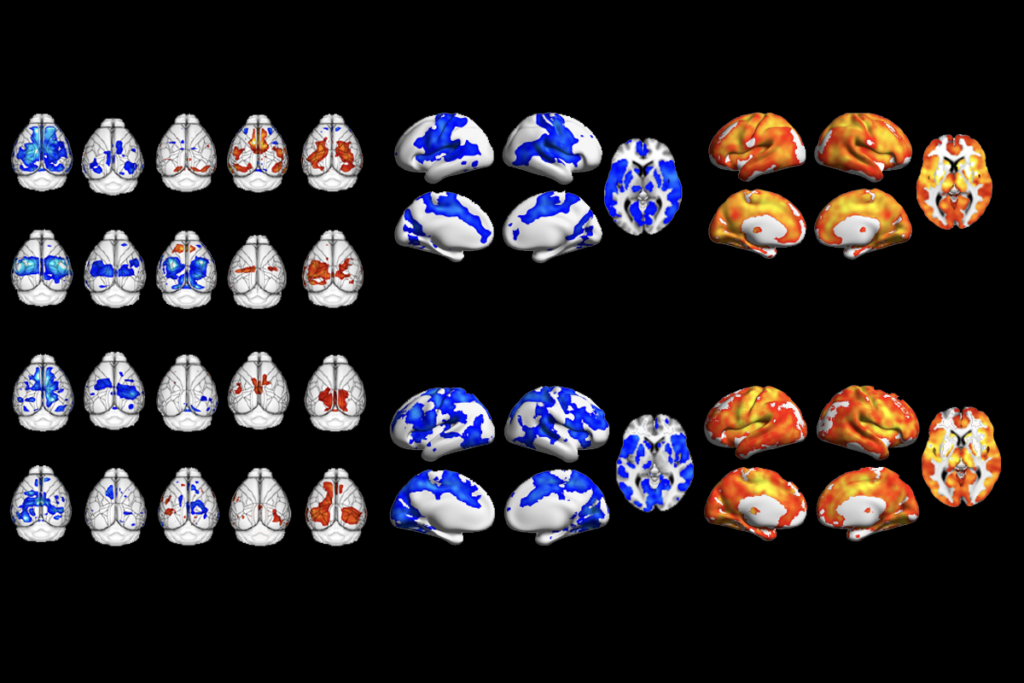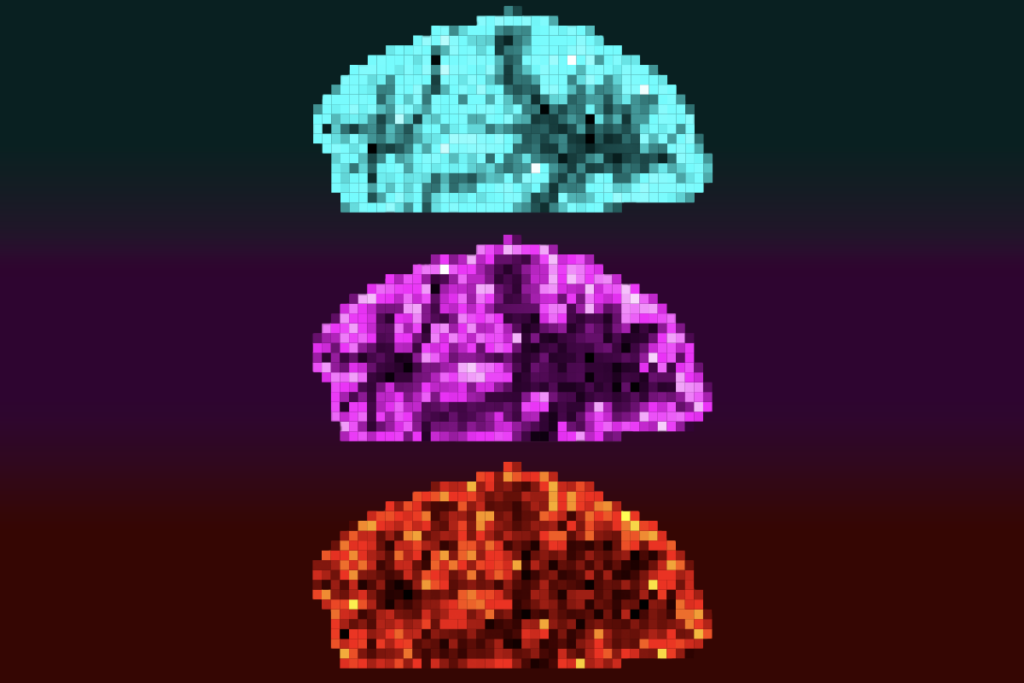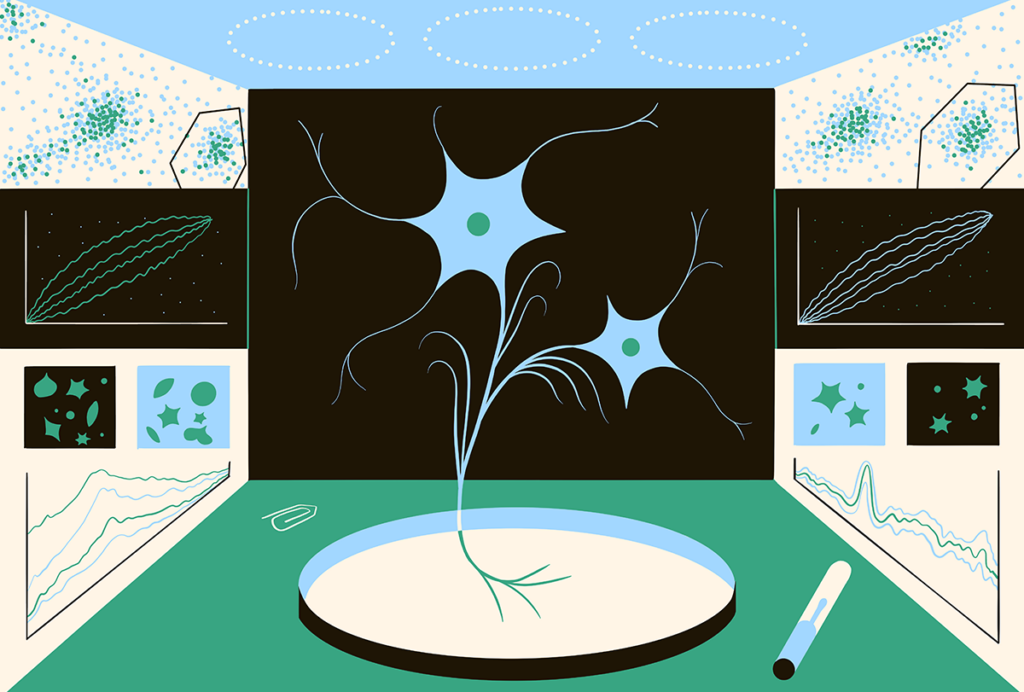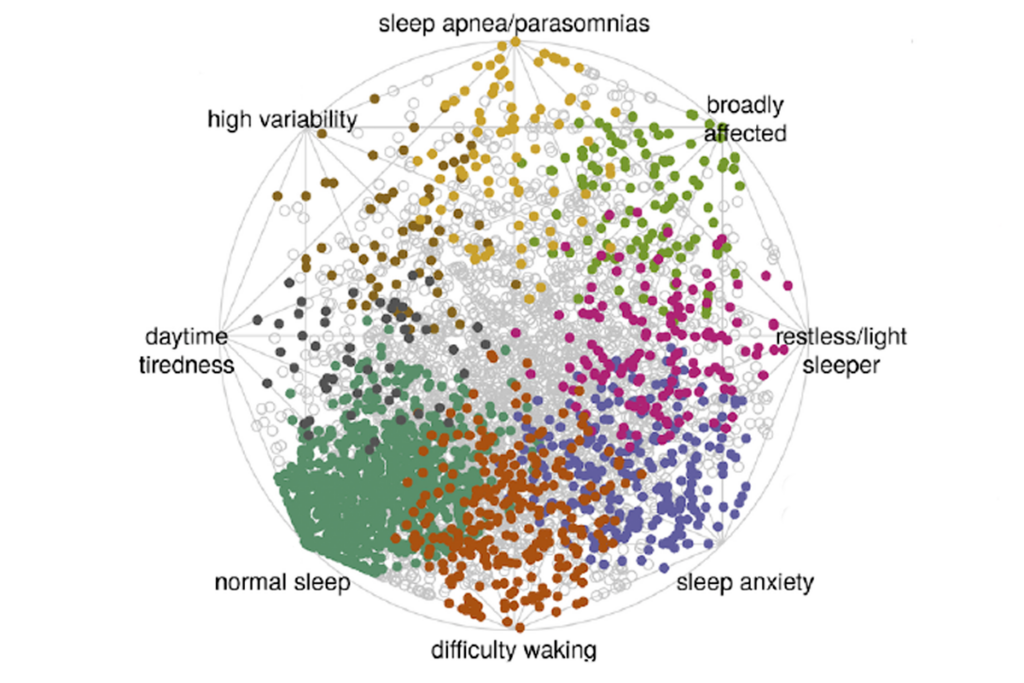Database highlights genetic overlap among brain disorders
An online catalog helps clarify the roles of thousands of spontaneous mutations in four neuropsychiatric disorders, including autism.
A new online catalog helps clarify the roles of more than 17,000 spontaneous mutations associated with autism, intellectual disability, severe childhood epilepsy and schizophrenia. Researchers described the searchable database, called NPdenovo, 7 April in Molecular Psychiatry1.
The resource sheds light on the effects of de novo mutations, rare genetic errors that occur spontaneously in an individual. In the past few years, sequencing studies have uncovered thousands of these mutations, but in many cases, their effects on proteins are unclear. De novo mutations are often associated with more than one disorder.
To clarify the impact of de novo mutations, the researchers combined results from 36 studies. For the 3,334 mutations these studies identified, the researchers listed the corresponding gene’s function, assessed the evidence for its involvement in a disorder and noted whether it is a target of other genes.
They then whittled the list down to 1,128 ‘extreme’ mutations that might abolish a protein’s function or damage its structure. They excluded mutations that occur in more than 0.1 percent of the population, because relatively common mutations are unlikely to have severe effects.
The analysis found that people with autism are 1.8 times more likely to have an extreme mutation than are controls, and people with intellectual disability three times more likely.
Using a statistical method that combines different types of harmful mutations in order to compute the possibility that a gene is causative in a disorder, the researchers pinpointed 764 risk genes. Of these, they fingered 330 as possible genetic causes of autism.
The scientists associated 53 of the 764 genes with multiple disorders: Autism shares 23 risk genes with schizophrenia and 7 with childhood epilepsy disorders, for example.
Only one gene, called SCN2A, is a candidate for all four disorders. This gene codes for an ion channel that transmits sodium ions and helps neurons propagate electrical impulses.
The database, which the researchers plan to update quarterly, also includes information on where the 764 candidate genes are expressed in the brain.
References:
1. Li J. et al. Mol. Psychiatry Epub ahead of print (2015) PubMed
Recommended reading

Expediting clinical trials for profound autism: Q&A with Matthew State

Too much or too little brain synchrony may underlie autism subtypes
Explore more from The Transmitter

Mitochondrial ‘landscape’ shifts across human brain

